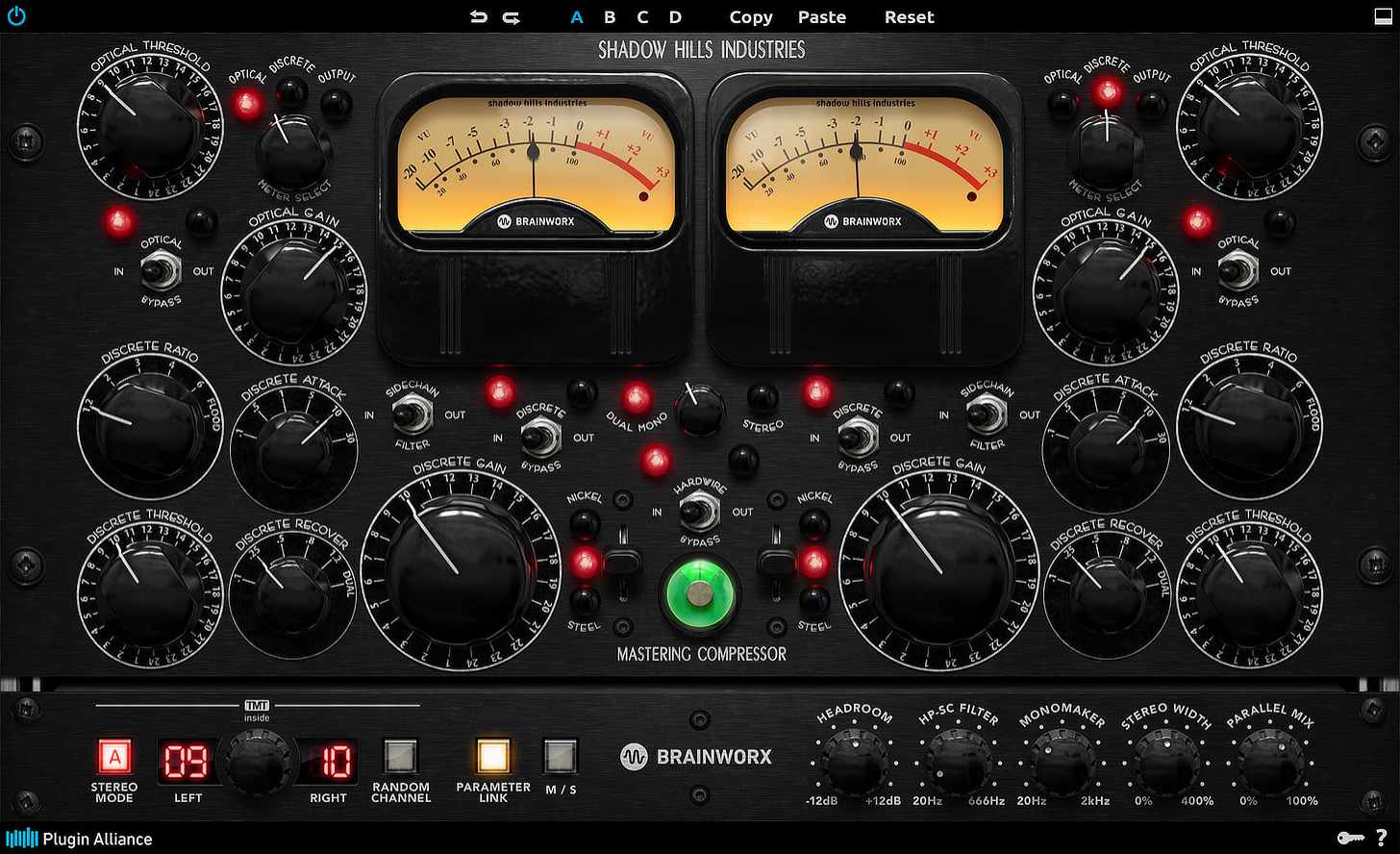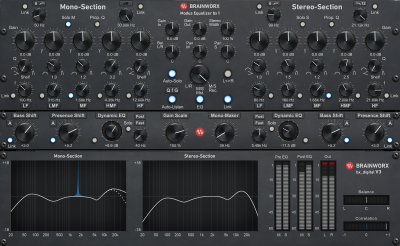

Switching between the different transformers changes the character of the sound in subtle but appreciable ways: Nickel adds distinction and airiness to the upper mids, Iron fortifies and smooths the mid and lower-mid and Steel thickens and warms the lower end of proceedings. In the original hardware, this stage offers a choice of three different transformers, each created using wire made of different metals – nickel, iron and steel – and each wound in different ways. The discrete compressor’s big, chunky output gain control feeds into the final transformer stage of the processor.

The release section also has a ‘Dual’ mode that mimics the two-stage release of the optical compressor. The ratio can be switched between 1.2:1, 2:1, 3:1, 4:1, 6:1 and ‘Flood’, which gives an extreme 20:1 ratio.Īttack and release settings are similarly switched rather than being continuously adjustable, the former from 0.1ms to 30ms and the latter from 0.1s to 1.2s. This is a discrete VCA-style compressor with independent threshold, ratio, attack and release (or ‘Recover’ as it is labeled on the SHMC). The output level of the optical stage can be adjusted to make up for the stage’s gain reduction and to drive the signal arriving at the second compression stage. The optical compressor’s release phase is a two stage, programme-dependent affair similar to that found on the classic UREI LA-2A, creating a natural and transparent release curve. Like most compressors of this ilk, this has a single control to both reduce the threshold and increase the ratio of the compression being applied. SHMC’s first compression stage is an optical compressor. Like many dynamics processors, the SHMC has two processing channels that can be linked for stereo operation, or used independently in a dual-mono configuration the intriguing thing is that each channel has two compression stages that can be used individually or in series, and three transformer models that change the character of the sound. But it’s how the processor operates that’s of most interest, and this is what makes the SHMC stand apart from the competition. Visually, Brainworx has done an excellent job of aping the look and styling of the Shadow Hills Mastering Compressor (let’s call it the SHMC from here on), and has accurately captured the chunky, military-grade rotary and toggle switches found on the original hardware. Brainworx has now updated its model and, through its partnership with Plugin Alliance, has released this for all plug-in formats: VST, AU and all flavours of AAX. This was released as a UAD plug-in for use with Universal Audio interfaces and satellite DSP hardware, where it rapidly became one of the most popular and respected dynamics plug-ins available on the platform. This mask of secrecy slipped a few years back, however, when Brainworx developed a model of the Shadow Hills Industries Mastering Compressor, a high-end dynamics processor with several unconventional features.


 0 kommentar(er)
0 kommentar(er)
